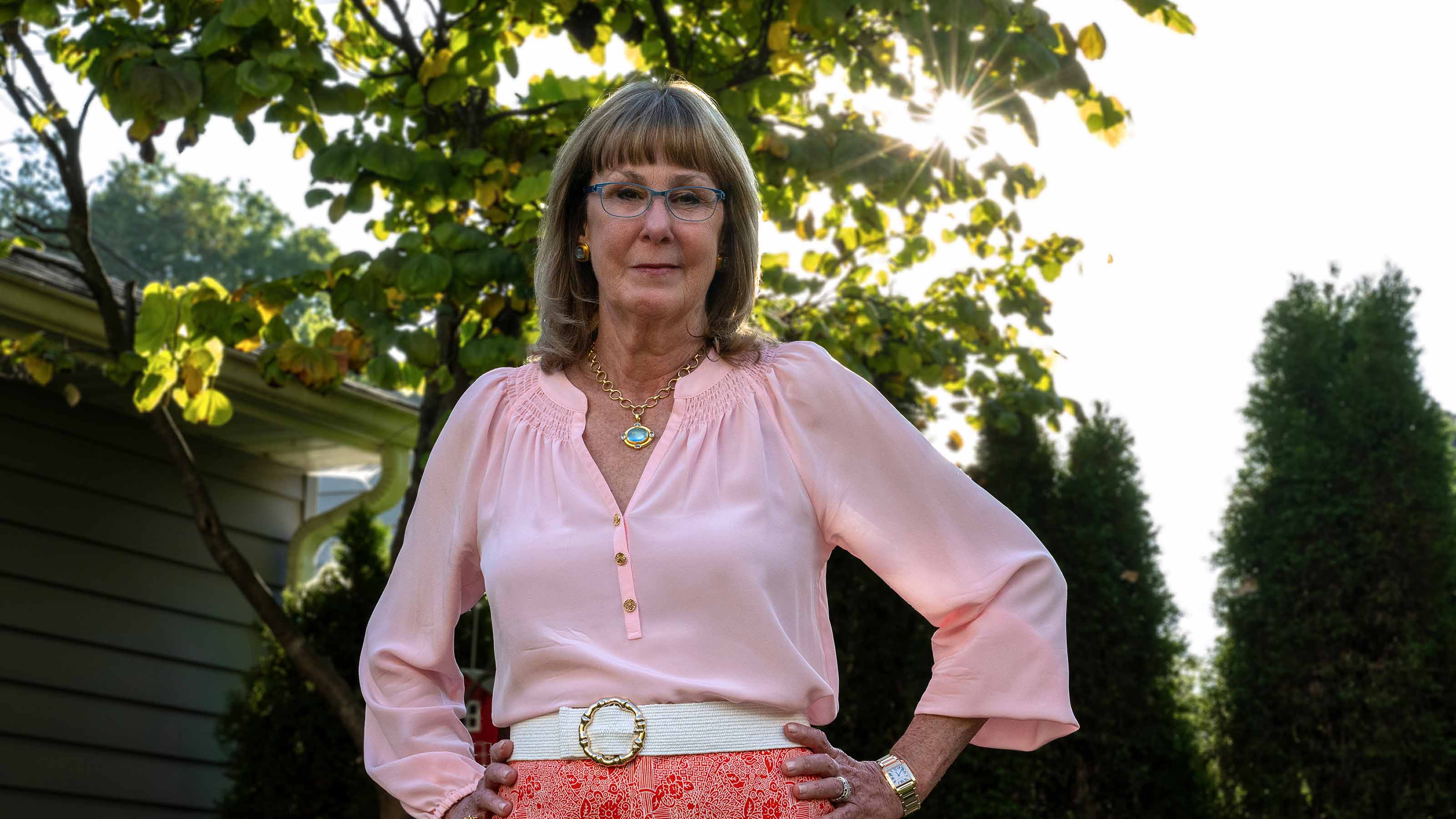Experts in healthy pregnancies: How midwives provide empowered, holistic care
Midwives at Ohio State provide lifelong health care from first exam to post-menopause.
Emma Anderson still gets chills when she recalls the first time she met her midwife, Michaela Ward, APRN-CNM. “I immediately felt complete kinship and comfort in that space,” she says.
Prior to her first pregnancy appointment with the nurse-midwifery practice at The Ohio State University Wexner Medical Center, Anderson was terrified. She had a history of an eating disorder and a family history of miscarriages. “I was convinced my body was going to fail me,” she says. “Michaela listened, validated my fears, assured me I was in the best place and that I was her focus.”
The Midwifery Program at the Ohio State Wexner Medical Center is the largest midwife practice in central Ohio, and the only one operating independently as part of a health system. The practice has grown to 17 certified nurse-midwives (CNMs) and delivered 15.6% of the babies delivered at the Ohio State Wexner Medical Center in 2024.
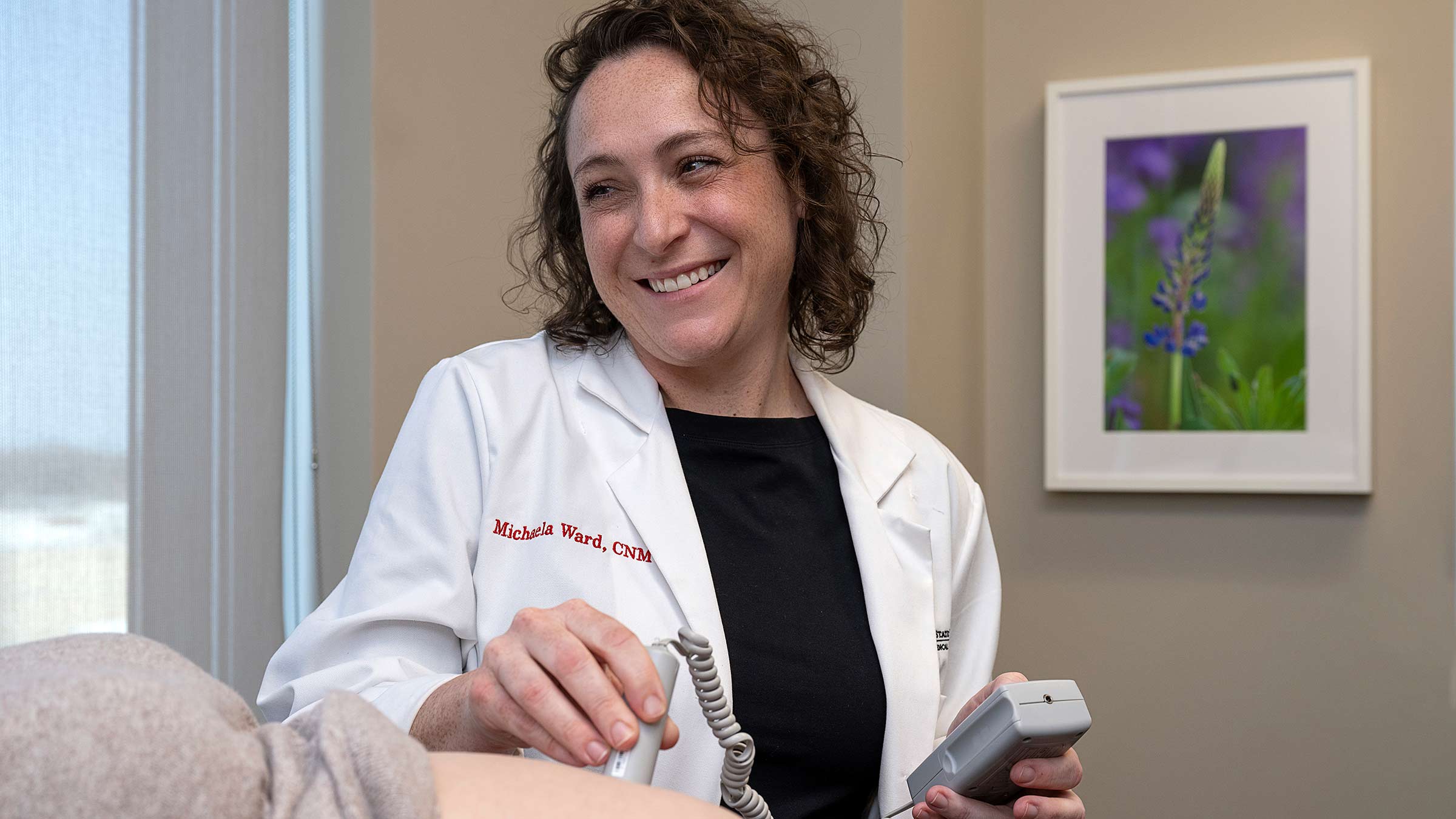
The modern face of nurse-midwives
People who imagine midwifery often picture a natural home birth with the help of a midwife wearing Birkenstocks. The reality is that most midwifery births take place in a hospital, attended by certified nurse-midwives, and many patients choose to receive an epidural.
Through the CNM program at Ohio State, all deliveries take place at the Wexner Medical Center, so patients have quick access to advanced care if a complication arises during or after delivery.
The Role of Midwives
- Midwives are advanced practice registered nurses with high-level knowledge of obstetrics and gynecology.
- They have the ability to prescribe medications.
- Many patients see a nurse-midwife as their sole provider throughout pregnancy, delivery and the continuity of gynecological care.
Elizabeth Austin, APRN-CNM, explains what sets midwifery care apart from a typical Ob/Gyn approach. “Midwives are the experts in normal, healthy pregnancies. Physicians are the experts in pregnancy complications. We have a collaborative relationship with the physicians in those scenarios.”
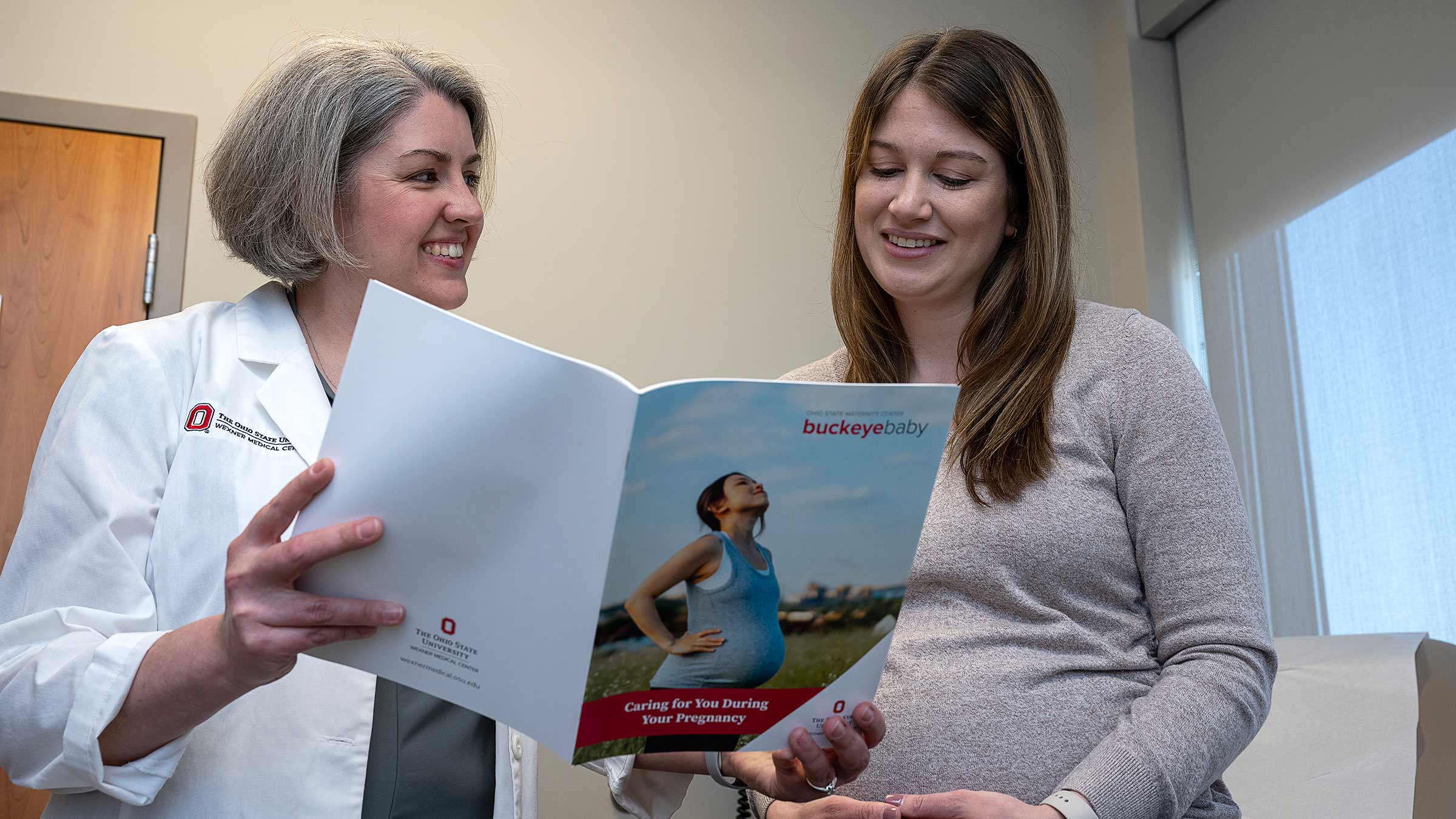
Studies show that women who choose a midwife for maternity care experience fewer hospitalizations during pregnancy, lower rate of interventions like episiotomies and cesarean deliveries, a higher rate of vaginal birth after cesarean section (VBAC) and feel more in control during childbirth.
Nurse-midwifery education emphasizes a holistic wellness model, which contributes to these positive outcomes.
“Pregnancy is not an illness that needs to be cured, but more of a normal event in somebody’s life,” Ward says.
Midwives tend to have more time to spend with patients during office visits to answer questions and focus on patient education.
“Some people don’t require treatment, because our bodies are naturally designed for pregnancy when we choose it. Sometimes, all they need is someone to listen, and that in itself can be empowering,” Austin says.
Nurse-midwives prioritize time, flexibility with patients
Having a nurse-midwife present throughout active labor and typically all of the pushing stage of delivery is a hallmark of midwifery care. “We try to provide that additional level of support if we can. If someone is unmedicated and going through active labor or transitioning, we are in the room as much as possible,” Austin says.
Studies show more patients report higher satisfaction with their birth experience when they use a midwife. The amount of time midwives spend with patients in active labor no doubt contributes to this.
“Nurse-midwives spend more time with women in labor and delivery, which is at the heart of what being a midwife means,” Austin says.
Midwives typically are in the room for many hours throughout the process, suggesting new positions and keeping them as comfortable as possible.
“Midwives are generally more supportive of alternative birthing positions, especially if someone doesn’t have an epidural,” Austin says.
Options might include using a squat bar over the bed, a birthing ball and even water births.
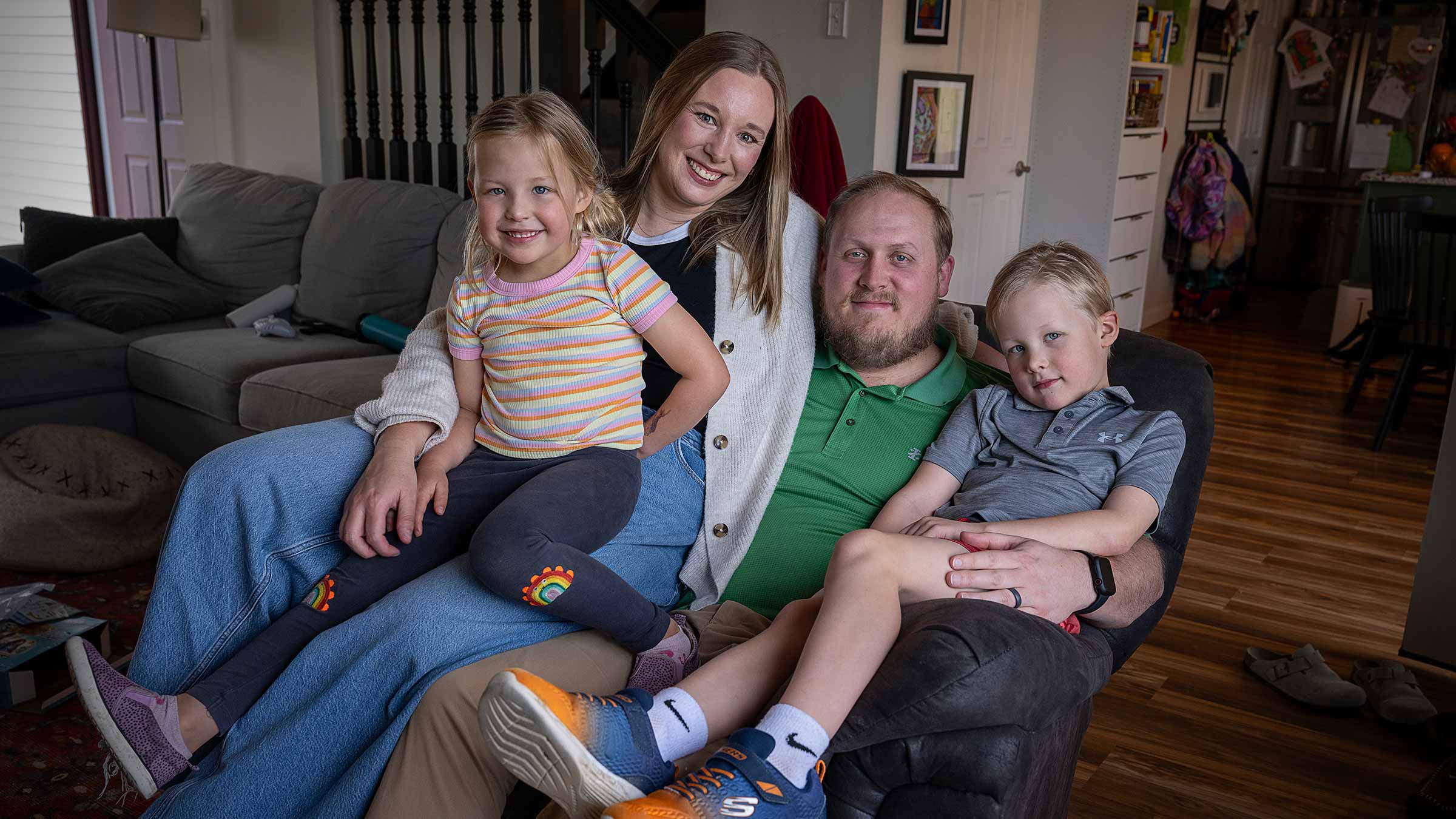
For Anderson, who gave birth to her daughter during the pandemic, Ward and the Maternity Center nurses were the only ones in the room with her during labor and delivery. “I physically don’t know if I could have delivered a baby without anybody there for me, if it wasn’t for the two years of relationship that I had with Michaela and that she held my hand and sat with me,” Anderson says.
Midwives create a partnership with physicians
Midwives at Ohio State collaborate closely with physician partners. As a physician, Kamilah Dixon, MD, MA, regularly refers patients to the midwives when they prefer alternative types of care, such as a water birth. “I absolutely love partnering with our midwives at Ohio State because it gives us the opportunity to provide the most diverse breadth of care for patients,” says Dr. Dixon, a clinical associate professor of Obstetrics and Gynecology at The Ohio State University College of Medicine.
Midwives provide care throughout pregnancy, delivery and the life cycle of gynecological care. Some patients may only ever see a physician for their first trimester ultrasound and second trimester anatomy ultrasound. In other cases, the midwives may co-manage patients with the physicians if a high-risk condition develops. “What’s really nice about being in an academic medical center is having all the resources we need if anything comes up,” Austin says.
When Liz Gordon-Canlas of North Columbus was diagnosed with gestational diabetes, a maternal fetal medicine specialist monitored and helped manage her diabetes while the midwives continued to provide care throughout her pregnancy.
“I appreciated that there was a team working together made up of the midwives and the Obs, who all had my best interests in mind,” Gordon-Canlas says.
The Ohio State midwives work closely with the Labor and Delivery nursing staff, as well. “We’ve nurtured a culture of collaboration with the nurses over the last decade, where a lot of nurses seek out our patients because they like to assist on unmedicated deliveries,” Ward says.
How midwives support higher-risk patients
Having a pregnancy complication that makes you higher-risk doesn’t necessarily mean you can’t continue under midwifery care, especially at Ohio State. “We’re lucky that we’re able to take care of many patients who might be too high-risk for midwifery care at a smaller hospital, thanks to our physician partners,” Ward says.

That was the case for Gordon-Canlas, who ended up needing a cesarean with her first child. When it became time to make that call, she had full confidence the decision was the right one.
“They made me feel empowered to make personal choices about my labor and delivery plans throughout my pregnancy, so once it got really complicated at the end, I trusted the midwives to guide me to what was best for me and for my baby,” she says.
When Gordon-Canlas was ready to have another baby, she looked to the midwives to support her through a VBAC. She delivered a baby girl naturally on her due date and says, “I remember that whole experience feeling victorious and peaceful.”
Support throughout the life cycle of care
Midwifery care isn’t only for pregnancy. The midwives support patients from their first gynecological exam through post-menopause. “Delivering babies is rewarding, but we also take care of people nervous about their very first Pap smear, and talk to people about their birth control options, fertility options or menopause,” Ward says.
Ward has a special interest in menopause care and is a menopause-certified practitioner through The Menopause Society. “I’ve definitely had a few patients going through perimenopause and menopause who tell me that I’ve changed their lives,” Ward says.
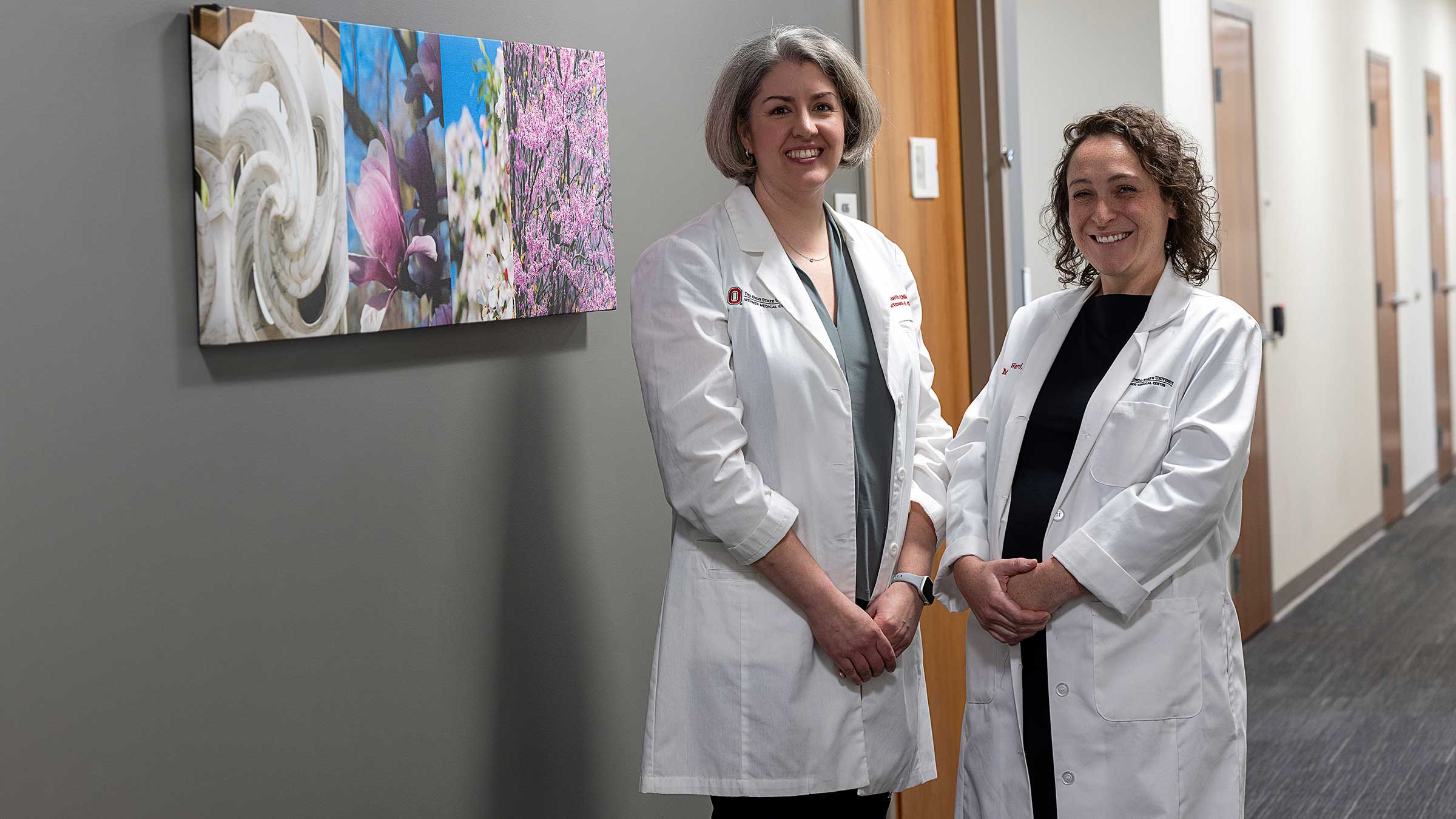
Increasing interest in seeing midwives
A growing number of babies are delivered by the nurse-midwives at Ohio State each year. To Anderson, that’s no surprise after experiencing their care. “It’s not just about water births and unmedicated labor; it’s an opportunity to be seen as a human first in ways I haven’t at any other point in my medical life.”
Empowering patients to make the best personal choice for their health and their babies is at the heart of midwifery care. “We as midwives really have the ability to give people an empowered birth story. There’s nothing that can replace that,” Austin says.

Interested in midwifery care?
Be empowered with holistic care for all stages of life.
Learn more



